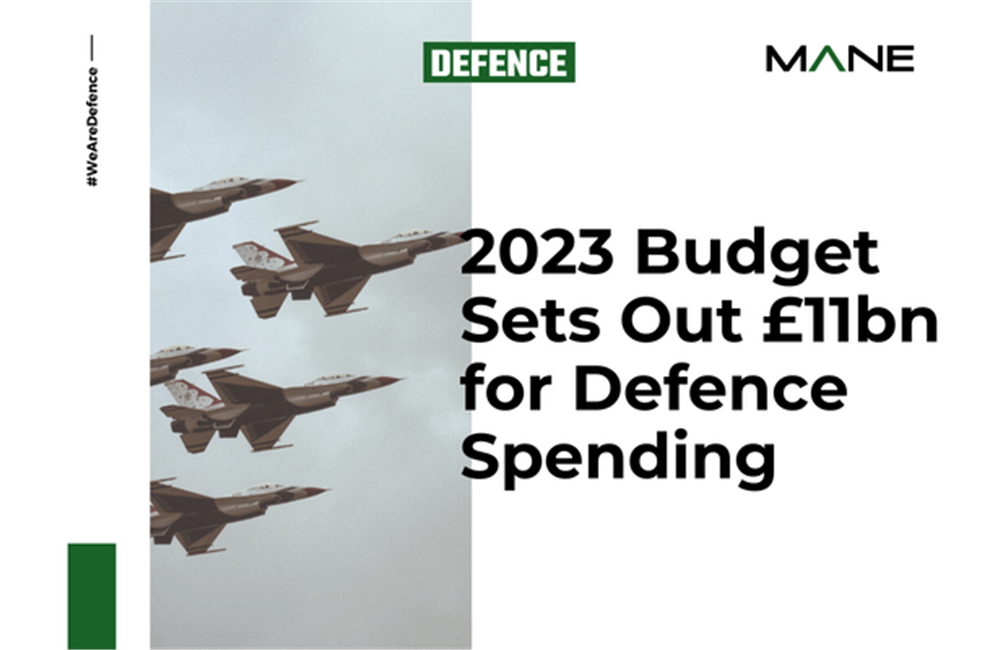2023 Budget Sets Out £11bn for Defence Spending
13 Apr, 202310 minsThe extra funds will mean a rise in military spending by almost 2.25% of GDP by 2025, with a...

The extra funds will mean a rise in military spending by almost 2.25% of GDP by 2025, with a further £33 million to be allocated to support for Britain’s military veterans over the next three years. This additional spending will provide support for veteran housing and specialist medical care for physical injuries.
The rise in spending makes Britain the first major European country to make the commitment of 2% of GDP for defence, with this set to rise to 2.5% when fiscal and economic conditions allow.
The decision is being seen as a triumph for defence secretary Ben Wallace, who insiders say has pressed for a rise of this significance for his department’s budget. It also comes amid rumoured disputes between the Ministry of Defence and the Treasury over funding.
The additional funds allocated by Rishi Sunak fall in line with his predecessor’s promise of 2.5%, made by Boris Johnson last year- despite Liz Truss’s pledge to make the rise 3% by the end of the decade. Truss’s spending would have resulted in an estimated cost of £157billion.
Mr Sunak outlined further details of the spending, with an additional £5billion to go to the defence budget over the next two years. He also revealed that £3billion has been set aside for nuclear defence and completion of the Aukus pact. The final £1.9billion will be used to reinforce Britain’s munitions stockpiles to restore items contributed to Ukraine, and to invest in munitions infrastructure.
The additional spending highlights, however, the current pay cut issues facing the nation’s nurses, teachers and civil servants. Critics are pointing out that the government’s lack of spending on healthcare and education leaves more questions than answers, particularly as no timescale has been given for the intended raise of 2.5% for defence spending.
Sunak has promised this will happen when ‘circumstances allow’, refusing to give an accurate timescale, and prompting uncertainty for the rest of public spending.


